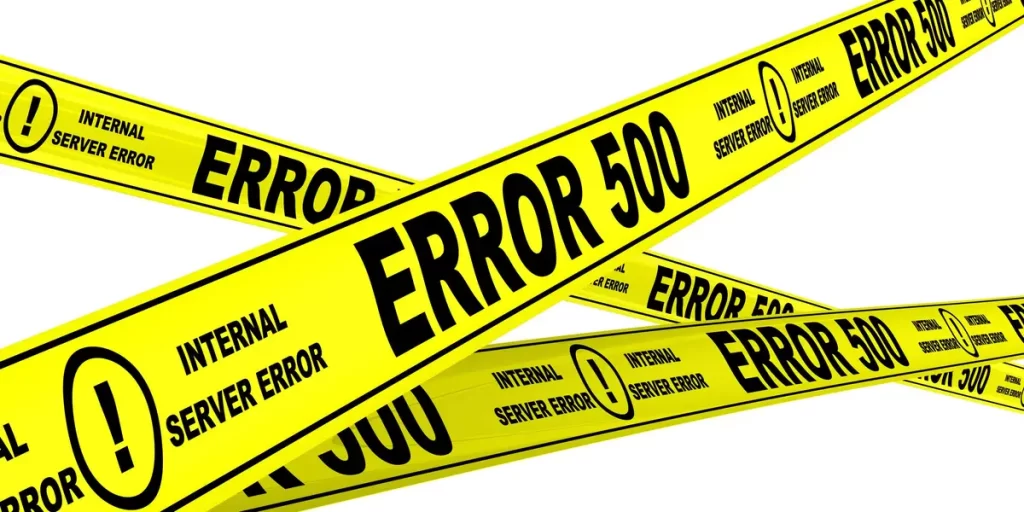The “500 Internal Server Error” is one of the most common server-side errors website users encounter. It indicates that the server encountered an unexpected condition that prevented it from fulfilling the request. This is a general error message that doesn’t specify the root cause, making troubleshooting a bit tricky.
Table of Contents
Top Causes of the 500 Internal Server Error

- Server Overload or Resource Limit Exceeded
If your hosting provider’s server is under heavy load or has limited resources (CPU, RAM), it can trigger a 500 error. This is common on shared hosting environments where resources are shared among multiple users. - Corrupted or Misconfigured .htaccess File
The.htaccessfile is used to control the behavior of your server. A misconfiguration or corruption of this file can cause a 500 error. Syntax errors or wrong directives can disrupt your website‘s functionality. - PHP Errors or Timeouts
If there’s an issue with the PHP code, such as unhandled exceptions, memory limit exhaustion, or execution timeout, the server might return a 500 error. This can happen with faulty plugins, themes, or scripts. - Permission Errors
Files and directories on your server need specific permission settings to be accessible. If file permissions are incorrect (e.g., a file has 777 permissions instead of 644), the server may throw a 500 error. - Exceeding PHP Memory Limit
Websites can sometimes require more memory than what is allocated in the server’s configuration. This leads to memory limit exhaustion, causing a 500 error. This often happens when the website is handling resource-heavy processes. - Third-Party Plugins or Themes
Plugins or themes, especially after updates, can be incompatible with your system. A faulty or conflicting plugin or theme can result in a 500 error. - Server Misconfiguration
If there is a misconfiguration in the server’s core files (Apache, Nginx, etc.), this can result in a 500 Internal Server Error. This usually requires the hosting provider’s intervention to fix.
How to Fix the 500 Internal Server Error
Check for Server Overload
Contact your hosting provider to check if their servers are overloaded or experiencing downtime. Upgrading your plan or switching to a more resource-allocated solution like VPS can help.
Review the .htaccess File
Access your server via FTP or File Manager in your control panel. Rename your .htaccess file to something like .htaccess_old and refresh the website. If the issue resolves, there’s a problem with the .htaccess file. Rebuild it or review its content for any errors.
Increase PHP Memory Limit
You can try increasing the memory limit by editing the php.ini file or adding the following line in your .htaccess file:

Deactivate Plugins or Themes
If you’re using WordPress or any CMS, deactivate all plugins and switch to the default theme. Reactivate them one by one to identify the culprit.
Check File Permissions
Ensure all files are set to 644 and directories to 755. Incorrect permissions can restrict access to important files, causing a 500 error.
Check Error Logs
Review your server’s error log for detailed information on what’s causing the issue. This can often pinpoint the exact file or script causing the error.
Contact Your Hosting Provider
If the issue is related to the server’s configuration or you can’t identify the cause, reach out to your hosting provider for further support. They can check the server settings, configurations, and logs.
